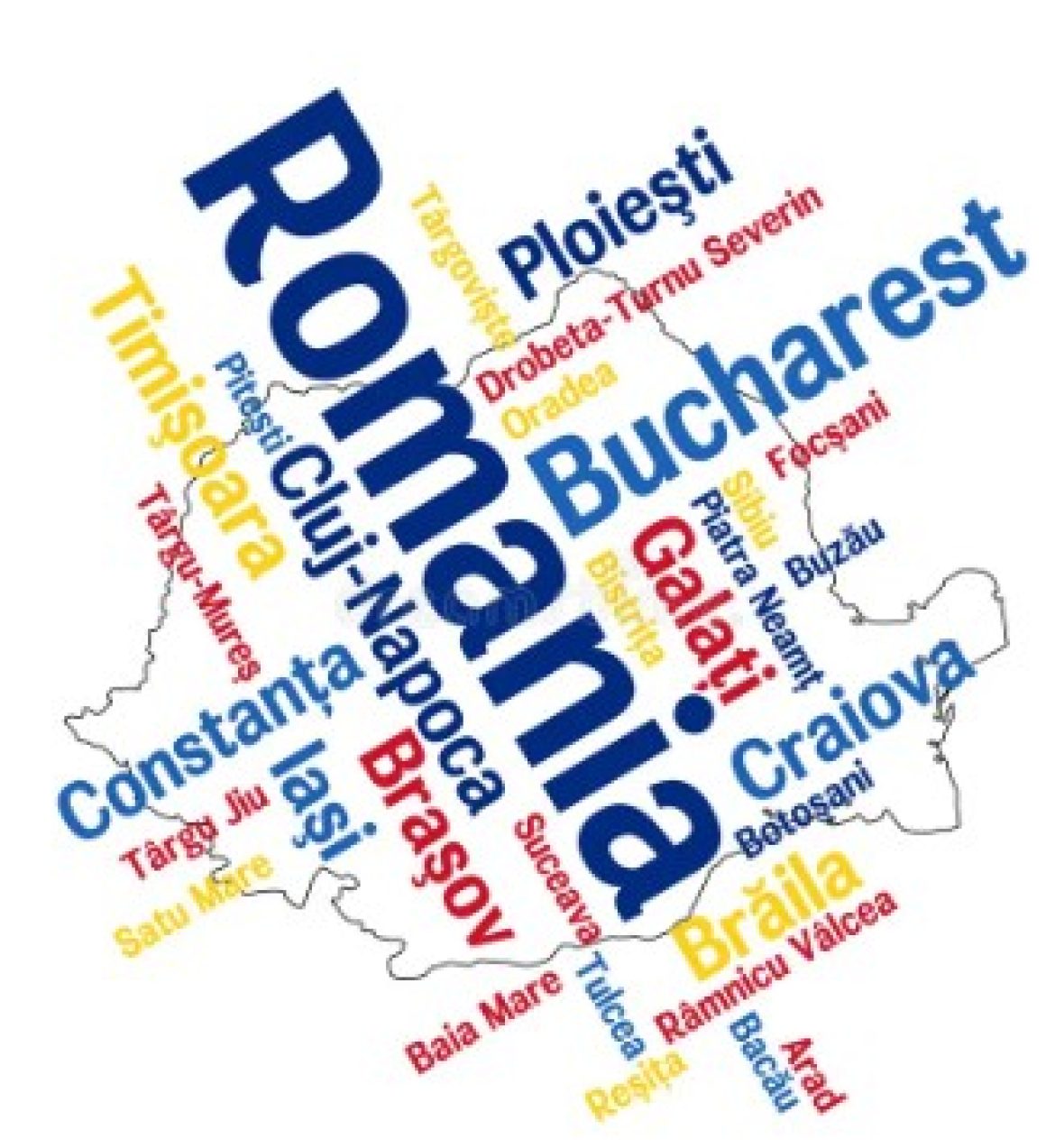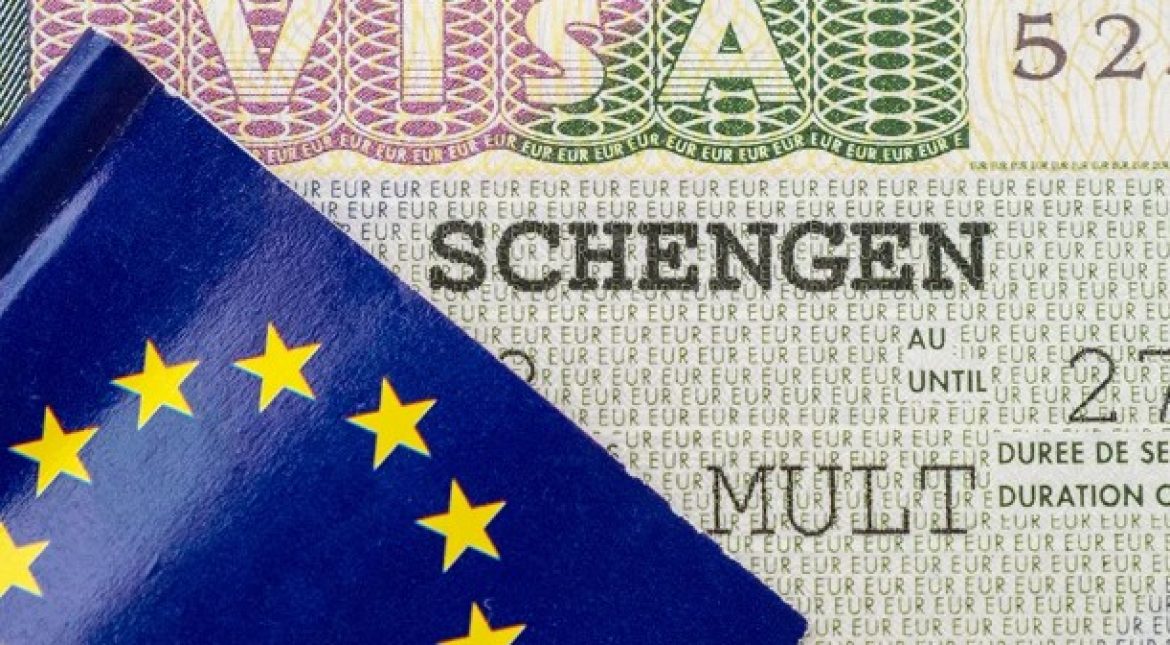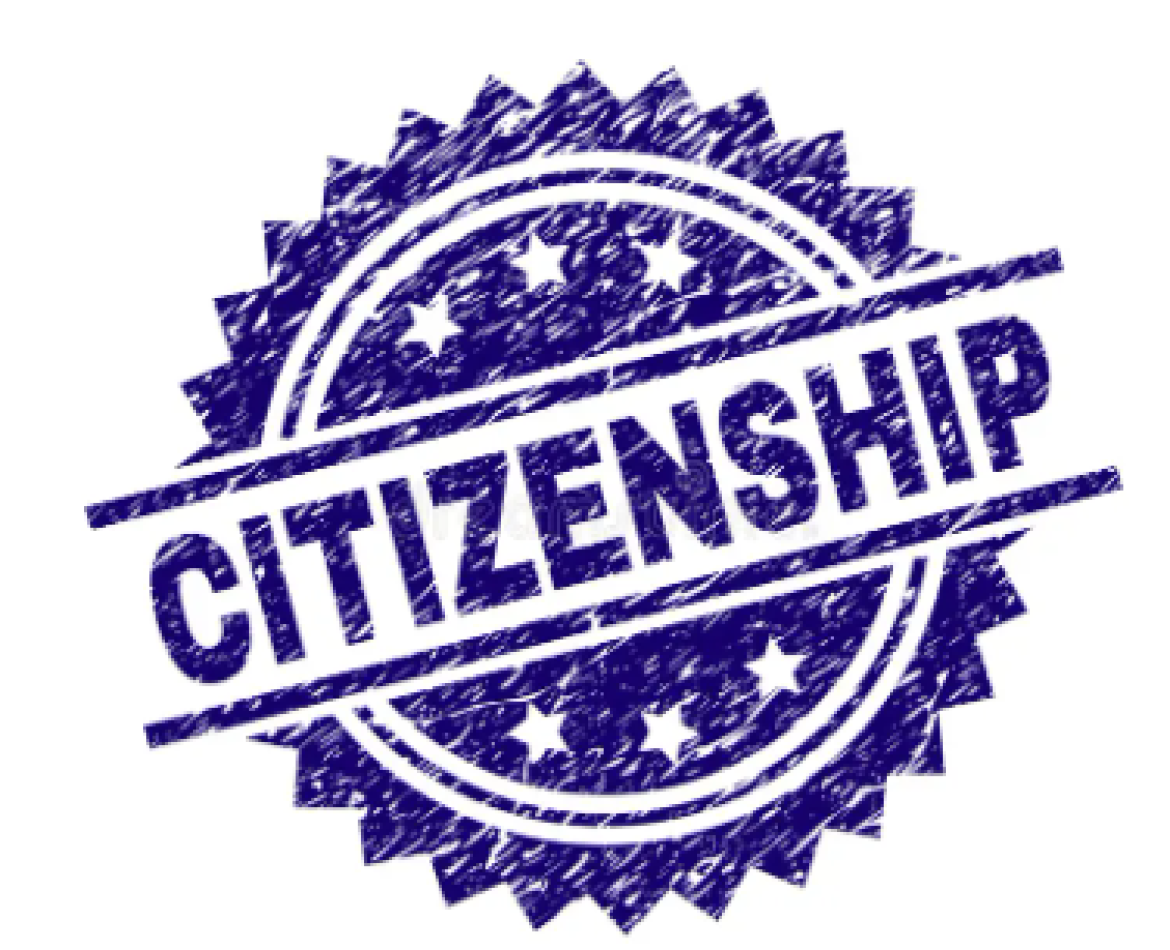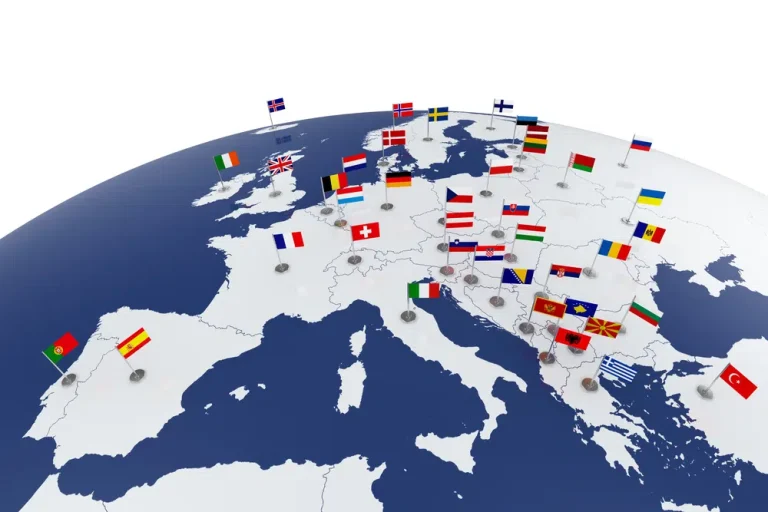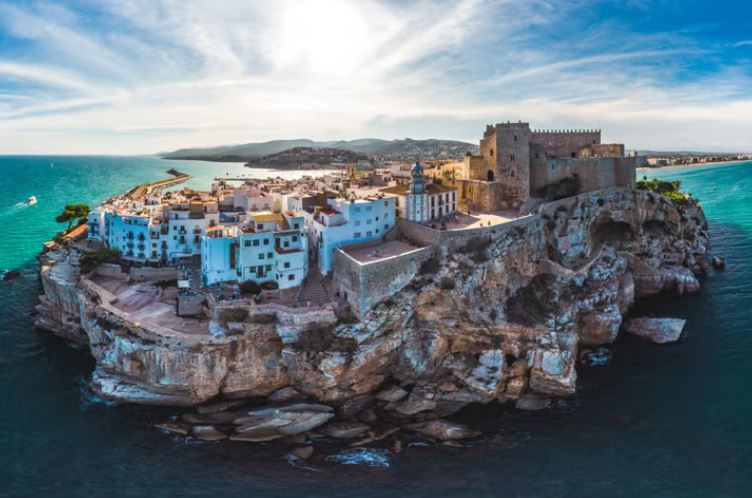Asia remains largely nationalistic, with cultural background heavily influencing citizenship eligibility. However, some countries are starting to open up. While there are several residency opportunities, not all lead to citizenship.
To explore citizenship options in Asia, check out our article on “How to Get Second Citizenship in Asia” for specific details, benefits, and drawbacks. Also, consider reading about the “Most Livable Cities in Southeast Asia.”
This article also includes options in the Middle East and South Pacific for second citizenship.
Easiest Passport Through Naturalization: Taiwan
Taiwan is a rare Asian country that offers citizenship to foreigners. After five years of consecutive legal residency, you can obtain Taiwanese citizenship. If you’re a resident of Hong Kong or Macau, you can get it in just 18 months. Requirements include living in Taiwan for at least half the year, becoming a tax resident, having no criminal record, passing a Mandarin Chinese and Taiwanese law exam, and proving financial self-sufficiency. Taiwan allows dual citizenship but requires cultural assimilation. Benefits include visa-free access to 145+ countries, the world’s best healthcare system, safety, affordability, and a strong economy. For more information, see our “Ultimate Guide to Taiwanese Citizenship.”
Easiest Passport for Citizenship by Descent: New Zealand
New Zealand offers a streamlined process for citizenship by descent. If one of your parents was a New Zealand citizen by birth, you might be eligible. The application process is straightforward and can be expedited. New Zealand’s passport ranks as the seventh strongest globally, granting access to 182 countries. The country is known for its friendly environment, excellent weather, cuisine, healthcare, and public education. New Zealand also boasts economic freedom, though it has significant taxes. For details, check our “Ultimate Guide to New Zealand Citizenship.”
Easiest Passport for Economic Citizenship: Vanuatu
Vanuatu is a remote tax haven offering the only citizenship by investment (CBI) program in the Pacific. A non-refundable donation to the government fund is required, starting at $130,000 for a single applicant. The process is fast, taking only eight weeks. Vanuatu’s passport provides visa-free access to 125+ countries and offers benefits such as no income tax, excellent offshore banking, and a welcoming environment for international business. For more details, see our “Ultimate Guide for CBI in Vanuatu.”
Easiest Passport Through Familial Ties: Israel
Israel’s Law of Return allows Jews and their descendants to gain citizenship quickly. This extends to spouses, children, and grandchildren of Jews. Citizenship is usually granted within 90 days of arrival. However, a full passport is issued after a year. Israel’s passport restricts travel to certain countries and has a high tax burden, but it is a strong travel document. For more details, see our article on “How to Get Citizenship under Israel’s Law of Return.”
Latin America
Latin American countries generally have open borders and straightforward citizenship processes. They offer low-cost programs but can involve significant bureaucracy.
Easiest Passport Through Naturalization: Ecuador
Ecuador offers a simple path to citizenship after three years of residency. Options include investing $40,000 in a bank, company, or real estate. After two years with a temporary permit, you can apply for permanent residency, followed by citizenship. Ecuador’s passport allows visa-free travel to Russia, China, South Africa, and Israel. For more information, see our article on Ecuadorian residency and citizenship.
Easiest Passport for Citizenship by Descent: Mexico
Mexico offers quick citizenship by descent, even if you have Latin American heritage but no direct Mexican ancestry. You can get permanent residency by proving blood ties and apply for citizenship after two years. Mexico’s passport ranks as the 26th most powerful globally. For more details, see our article on Mexican residency and citizenship.
Easiest Passport for Economic Citizenship: Colombia
Colombia provides a residence-by-investment program. You can invest $170,000 in real estate or a company to obtain permanent residency and apply for citizenship after five years. Alternatively, a $26,000 investment in a business can lead to citizenship. Colombia’s passport allows dual citizenship and offers travel benefits. For more details, see our article on Colombian residency and citizenship.
Easiest Passport Through Familial Ties: Brazil
Brazil offers fast-track citizenship for those with immediate family ties to Brazilian citizens, achievable within one year. Options include citizenship by marriage, birth, or adoption. Brazil’s passport is valuable, providing excellent travel options. For more details, see our article on Brazilian citizenship by family ties.




